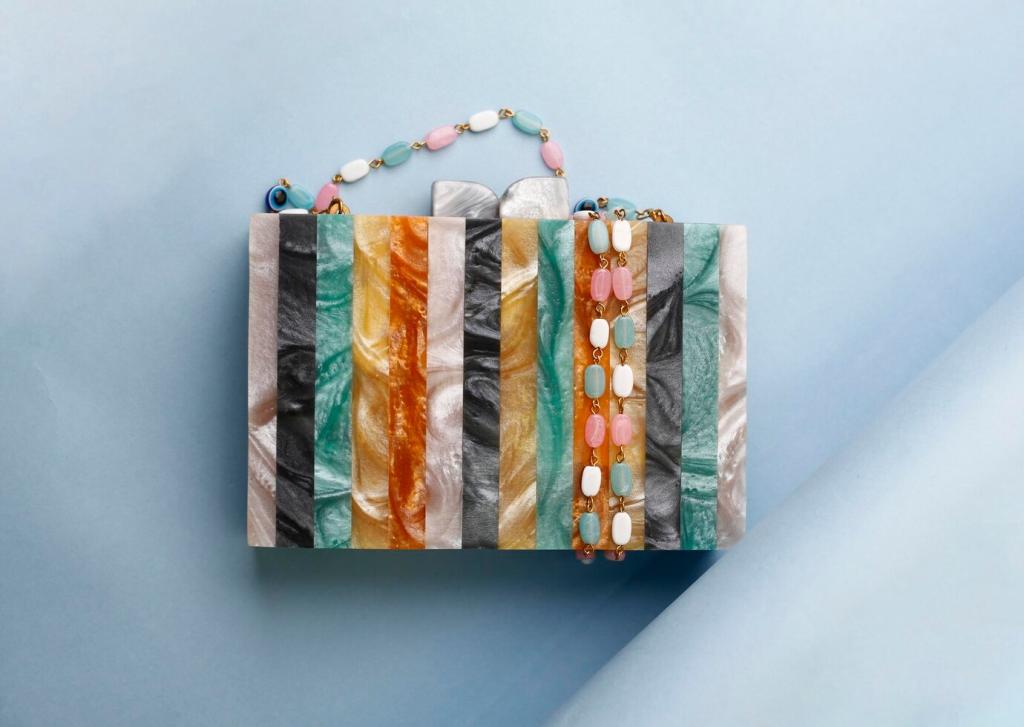Storytelling Techniques for Interior Designers
Chosen theme: Storytelling Techniques for Interior Designers. Welcome to a creative home where spaces become narratives, materials become words, and every room speaks with intention. Dive in, share your project stories, and subscribe for fresh, inspiring prompts that spark unforgettable design tales.

Start With a Narrative Blueprint
Define the Protagonist
Identify who the space serves and articulate their values, habits, and aspirations. When you treat your client as the hero, every spatial choice becomes purposeful, empathetic, and emotionally resonant, guiding selections that feel inevitable rather than arbitrary.
Map the Setting and Constraints
Honor the site’s history, orientation, and limitations as meaningful story context. Constraints become narrative tension that sparks invention—awkward columns, tight corridors, or low ceilings can transform into distinctive plot points that define character and atmosphere.
Sketch the Arc, From Arrival to Afterglow
Outline the journey from first step inside to lingering goodbye. Sequence reveals, pauses, and climaxes across thresholds and sightlines, so momentum builds naturally. Share your entry sequence below, and ask the community how to heighten suspense or serenity.
Storyboarding the Journey Through Space
Plan rhythmic shifts in scale, light, and detail to pace the experience. Use compression before expansion, dimness before brightness, quiet before texture. This cinematic structure keeps curiosity alive while avoiding monotony, especially in long corridors and open plans.
Storyboarding the Journey Through Space
Treat doors, portals, and elevation changes like chapter breaks. Emphasize these moments with material transitions, overhead forms, or floor inlays that signal emotional shifts. Ask readers: where could a subtle threshold transform your project’s narrative clarity?


Color, Material, and Light as Narrative Language

Beyond clichés, match tones to the story’s mood and geography. Dusty terracotta can whisper coastal warmth; inky blues can suggest introspection. Balance saturation to avoid melodrama, and reserve high-chroma moments for narrative emphasis or celebratory climaxes.



Multisensory Storytelling: Sound, Scent, and Touch
Control reverberation with textiles, ribbed panels, or bookshelves so conversations feel intimate and music breathes. Calibrated soundscapes influence pacing: hush for reflection, gentle bustle for energy. Experiment during staging and invite client feedback on perceived mood shifts.
Multisensory Storytelling: Sound, Scent, and Touch
Anchor memory with subtle, site-appropriate fragrance—cedar in entry, citrus near prep zones, herbal calm in bedrooms. Use natural diffusion rather than overpowering sprays. Seasonal variations keep narratives evolving, like fresh chapters readers anticipate with delight.

From Home to Hospitality: Brand Stories in Built Form
Pick three core values—welcome, craft, discovery—and assign spatial behaviors to each, like communal tables, exposed joinery, or hidden nooks. Document rules in a living brand playbook, so every new space remains narratively consistent yet locally specific.
From Home to Hospitality: Brand Stories in Built Form
Design signage, lighting cues, and material breadcrumbs that gently lead visitors. Avoid bossy instructions; let curiosity and clarity coexist. When guests feel smart navigating, they bond with the place’s story and are likelier to return and recommend.
From Home to Hospitality: Brand Stories in Built Form
Gather qualitative data—guest quotes, dwell-time patterns, photo hotspots—to test whether your story resonates. Iterate layouts, lighting, or copy based on evidence. Share your favorite KPI or anecdote, and we’ll crowdsource ideas to strengthen your next chapter.
